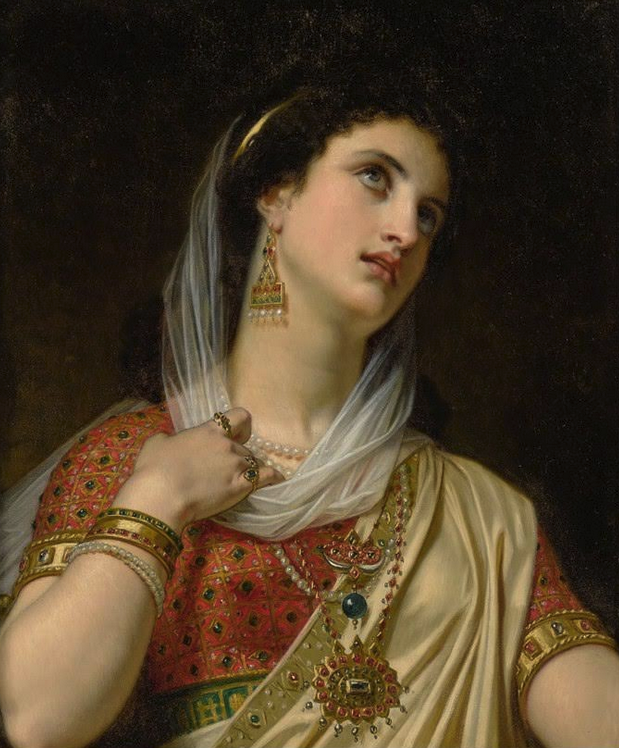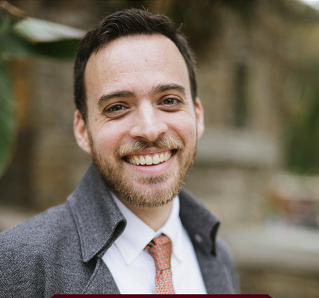Moreau and Handel’s Esther:
A Two Part Salon Series
RECORDED SESSIONS BELOW
In preparation for our performance of Saint-Cyr to Cannons: Moreau and Handel’s Esther, Opera Lafayette and Artistic Associate Julia Doe will be delving further into the history and musical influences of Madame de Maintenon, who is the inspiration for our 2023 musical season (get tickets).
EDUCATION IN THE TIME OF ESTHER
With scholar Benjamin Bernard and baritone Jonathan Woody
What was the education system of early modern France, in which Racine’s Esther premiered, designed for? And what was it like? In the late seventeenth century, two great statesmen of Louis XIV’s absolutist administration created schools that would attempt to surpass the preexisting ones in status. One of the schools was Saint-Cyr, founded by Madame de Maintenon for girls from nobility. By comparing Saint-Cyr with this second school created by the monarchy at the same time, we can better understand the aims of the state, and the intellectual, social, and political context of elite education out of which baroque theater including Esther emerged.
THE PLAY TRANSFORMED
WITH Musicologist anne Piéjus and harpsichordist Justin Taylor
French dramatist Jean Racine was commissioned to be re-adapt his play, Esther, with music from the composer Jean-Baptiste Moreau. Esther encompassed all the elements that contributed to the success of court spectacles at the time. George Frederic Handel, without knowing of Racine and Moreau’s Esther, composed his own version, which premiered in 1718 and is considered to be his first English oratorio.
Meet Your Host
Julia Doe (pictured) is Assistant Professor of Music at Columbia University, and author of The Comedians of the King: Opéra Comique and the Bourbon Monarchy on the Eve of Revolution. She is a beloved host and collaborator for Opera Lafayette salons, previously leading one on Opéra Comique (2021season) and Marie Antoinette (2022 season).








